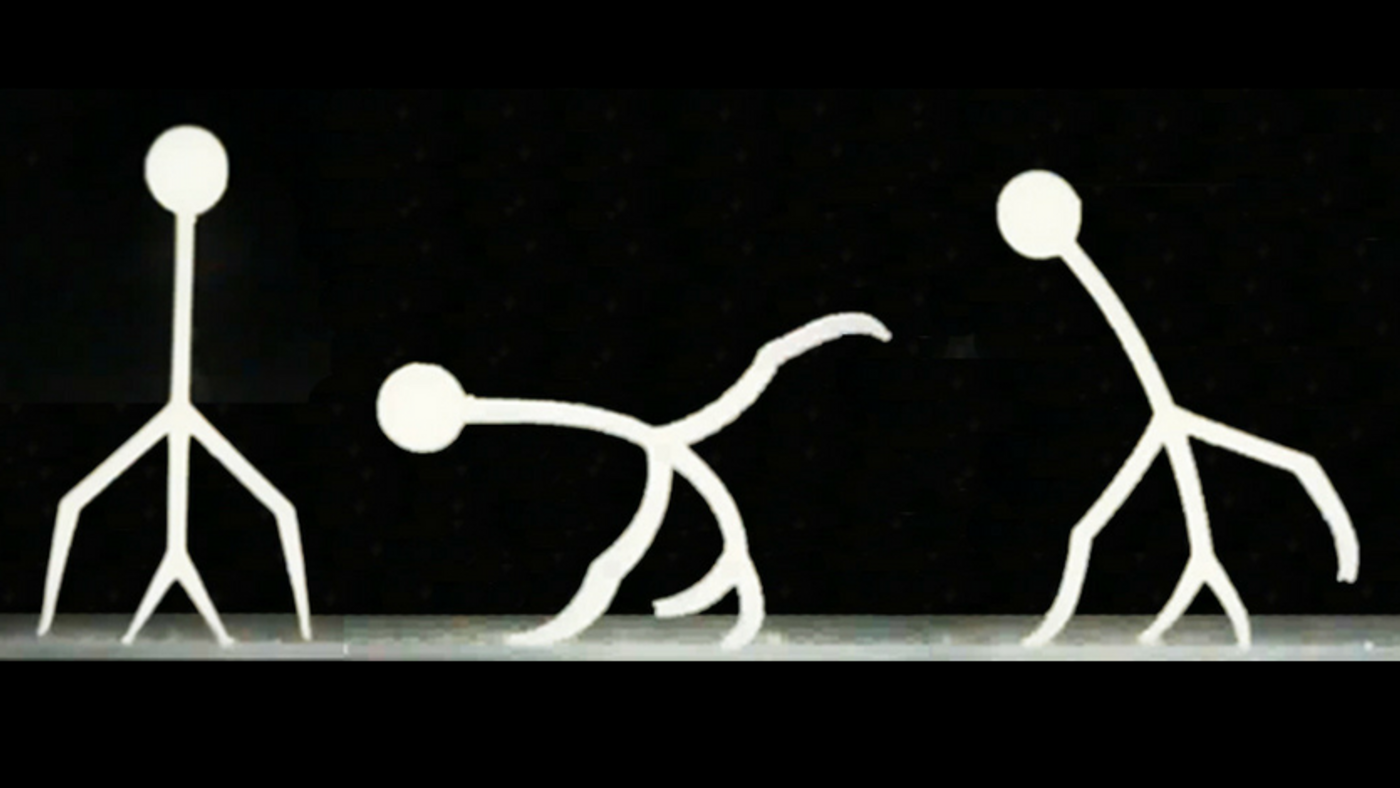A 3D-Printed Mini-robot That Walks, Changes Shape, and Moves Objects
A team of material engineering research from Rutgers University-New Brunswick have 3D-printed soft gel-based mini-robots that not only walk and change shape when activated by electricity but also lifts small objects and moves them to a different location.
The core concept of this design is closely related to another work reported earlier by the same group this year. The team, led by Howon Lee, an assistant professor in the Department of Mechanical and Aerospace Engineering, developed a so-called 4D printing approach to constructing soft microscale device. It involves printing a three-dimensional object using a material called hydrogel. The printed object, due to its chemical makeup, can change shape over time as its ambient temperature changes.
A hydrogel is a colloidal network of polymer chains that are hydrophilic, easily dispersed in water. Once the polymer chains are cross-linked, the hydrogel can transform into a three-dimensional solid. As its name indicates, a hydrogel is highly water absorbent, and it can trap over 70% water (w/w) within its polymeric networks.
Due to their softness, flexibility and non-toxic nature, hydrogels are widely used to build scaffolds in tissue engineering. The hydrogel-based scaffolds emulate the natural microenvironment in the tissue to provide a suitable habitat for animal or human cells to grow and differentiate. Hydrogels are also used to make diapers, contact lenses, Jell-O and many other consumer products.
The ultimate goal of this research is to create miniature devices that can repair or form tissues like muscles and stomach liner, or to deliver diagnostic and therapeutic agents, or even to perform underwater inspections.
The advantage of the hydrogel-based devices, when compared to those constructed with hard materials, is cheaper to manufacture, easy to be miniaturized, designed and manipulated.
“Our 3D-printed smart gel has great potential in biomedical engineering because it resembles tissues in the human body that also contain lots of water and are very soft,” said Howon Lee in the interview with the Rutgers University news press. “It can be used for many different types of underwater devices that mimic aquatic life like the octopus.”
The study was published online on May 17, 208 in the journal ACS Applied Materials & Interfaces
Soft Robotic Manipulation and Locomotion with a 3D Printed Electroactive Hydrogel (Howon Lee/Rutgers University)
Source: Rutgers University









